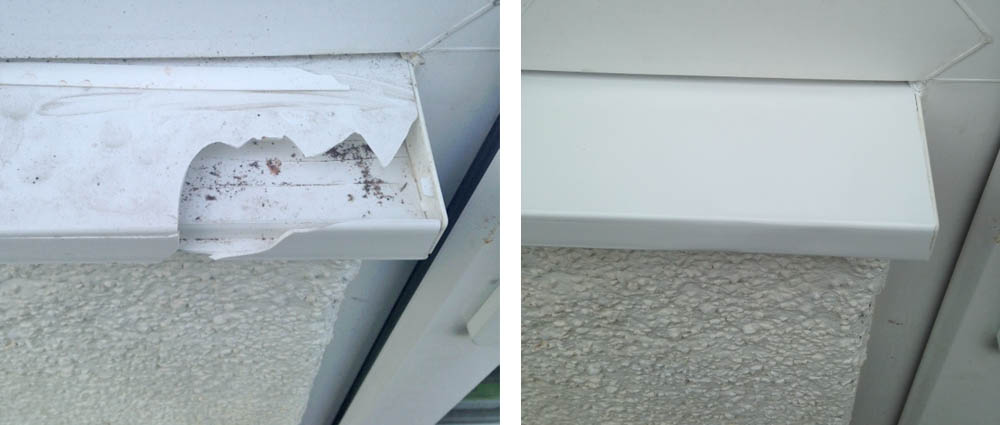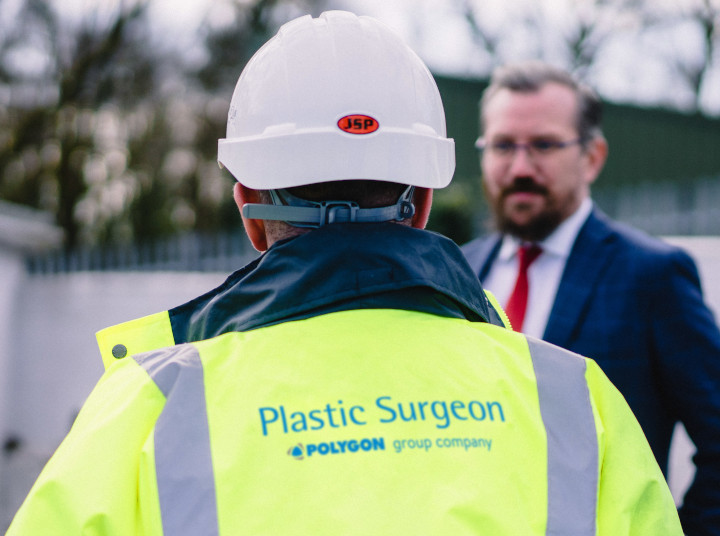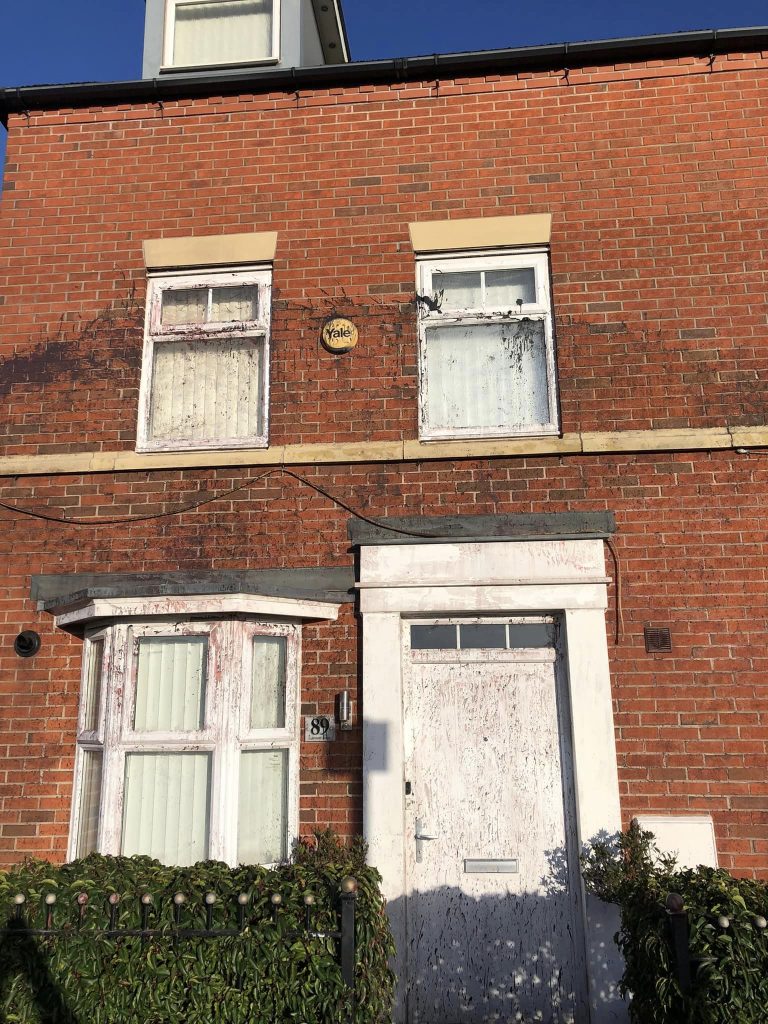uPVC is often described by manufacturers as flame retardant or self-extinguishing, but the brutal truth is the material is very susceptible to heat and can distort badly when exposed to high temperatures – even perhaps due to strong sunlight.
Thankfully, though, uPVC also exhibits ‘memory’, which means if a profile has been distorted by heat or prolonged pressure – say from having heavy items stacked against it – the skilful use of a heat gun can coax it back to the original shape.
Actual scorch marks from a flame or having a hot object placed on a profile can sometimes be smoothed out and polished away by using a graduation of wet-and-dry papers.
Deeper burns or scratches will probably require damaged material to be cut away and then the surface to be built back up level with the surrounding area using a premium, normally exterior grade, two-part filler. Again careful smoothing back will be necessary to restore the profile and its texture, before the repair is colour matched and sealed.
In addition to all the bumps and scratches caused by wheelbarrows, ladders and dropped tools, it is also common for following trades to drill holes in the wrong places; such as when fitting blinds in a conservatory. It is, however, virtually impossible to get filler to stay in a hole which is wider than the depth of the profile, so here the cosmetic repair specialist will employ cold-weld gel, a special type of adhesive, to initially bridge the gap. Premium filler is built up over the plug and the repair method, as above, repeated.
Larger areas of damage such as splits or where pieces of profile are actually missing requires even more invention to effect a successful repair.
Therefore when a shower tray, door or even a ground level meter box has been badly damaged, the cosmetic repair specialist has to employ special timber splints; being inserted through the hole or split and held in position until the adhesive forms a permanent bond with the underside of the profile.
This lattice then forms the base on which to build up a repair; again using the cold weld gel and layers of premium filler.
As for any damaged building component or substrate, housebuilders should consider the benefits of a cosmetic repair solution for damaged uPVC profiles before embarking on the time consuming, costly and ultimately less sustainable approach of replacement.







